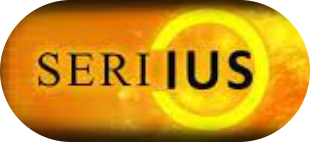CSP-2: Low-Cost Heliostats for Brayton Cycle
Solar Energy Research Center for India and the United States (SERIIUS)
Thrust:
Multiscale Concentrating Solar Power
Activity:
High-temperature, high-pressure, closed-cycle CO2 Brayton cycle
Objective:
To develop a cost-efficient heliostat collector that has potential for distributed-power generation from 50 to 2000 kW. A further objective is to develop small-footprint collectors, releasing a large land area for simultaneous use for other activities such as agriculture. The targets are: Cost of collector <Rs 4000/m2 (receiver excluded); Optical efficiency >70%; Concentration ratio >150; Footprint of the plant <500 m2/MWth.
Project Milestones:
C6: Reflector size, shape design through optical modeling of heliostat (6 months), followed by making prototype and testing instrument (24 months).
C7: Reflector structure design using modeling and stress analysis techniques (12 months).
C8: Prototype design and testing in wind mill for deflection and stresses (36 months).
C9: Tracking and control development (12 months) using Receiver-to-Reflector (R2R) talking system using techniques such as image analysis and orthogonal system, along with development of software for the same (48 months).
Task 1: Heliostat design, development, and testing with control systems
- Thermax Ltd.
- Indian Institute of Science (IISc)
- Sandia National Laboratories (SNL)
- National Renewable Energy Laboratory (NREL)
Modeling of the reflector, using ray-tracing algorithms or the Discrete Ordinate Method (DOM) for optical design of reflectors. Development of the photometric tools for reflector testing of the specular reflectance of the reflector. Prototype development and validation of manufacturing costs. Development and testing of a tracking mechanical system along with control. Development of a tracking mechanism based on hydraulic and electric drive to give the necessary accuracy. Development of a low-speed motor or high-reduction ratio hydraulic system will be undertaken. A prototype will be tested for accuracy in the lab. Develop controls based on a Receiver-to-Reflector (R2R) talking system in which the position of the mirror with respect to the sun is traced by a feedback mechanism from the receiver for tracking. The unique R2R system, adjusting mirror position based on position feedback using easily available camera and image monitoring mechanism, will be deployed.

